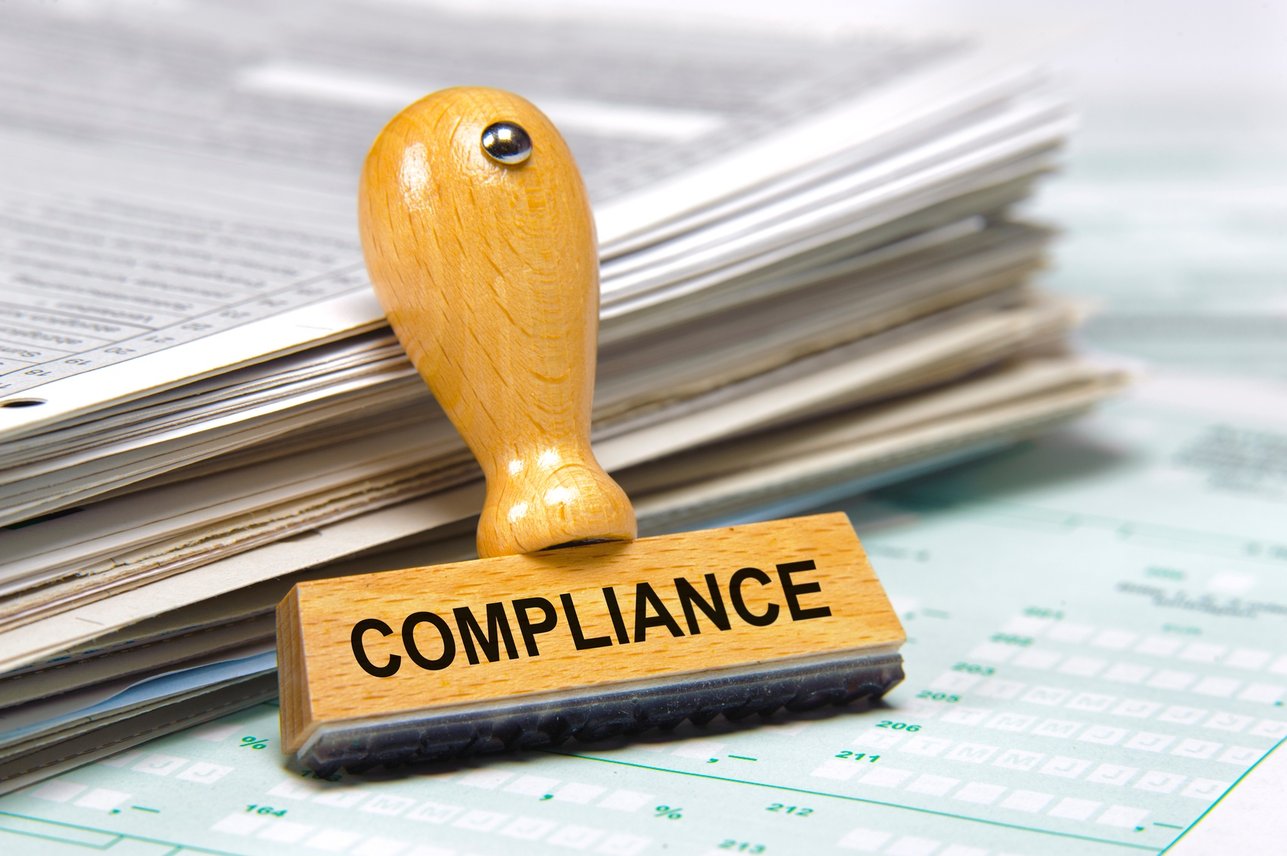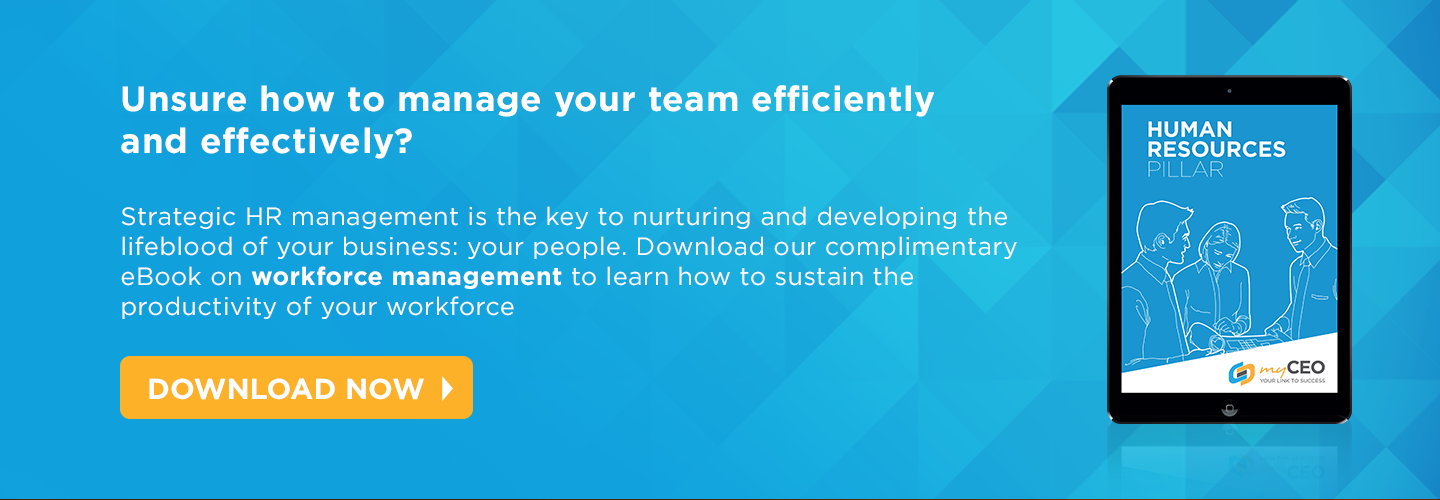
It can be fairly argued that Australia has some of the most comprehensive labour laws in the world. Going through revisions over the years and considering the influx of investors and outside workers, tourism and trends in the industry, Australia has taken continued steps to improve the working conditions of its employees.
One of these labour laws is the Fair Work Act passed in 2009. This act not only stressed the importance of good-faith bargaining (sincere negotiations by all parties) as a core value, but it also raised the bar for the industrial relations by outlining the ten National Employment Standards.
These standards are entitlements that all employees have a right to and cannot be adjusted to their detriment.
Does your business follow these guidelines?
- Hours of work
Under the ruling, the maximum weekly working hours for an employee in Australia should be 38 hours. Employers can request their employees to do additional work, but only if compensated according to the same ruling/s.
- Request for flexible working arrangements
Usually applying to employees with children. An employee can request for flexible working hours after 12 months of continuous service; however, this request can still be denied based on reasonable business grounds.
- Annual leave
Aside from casual employees, all employees are entitled to four weeks’ paid annual leave for each year working for their company. These leaves accrue over the years; they must be taken after a period of time agreed on by the employer and employee.
- Personal/career leave
Employees are also entitled to ten days of paid leave for caring for a family member with an illness. While this also covers sick leave (so can be used by the employees for themselves), these days reset per year of service worked for the company. This does not apply to casual employees.
- Compassionate leave
Regular employees are also entitled to two days of paid compassionate leave when their family member dies, goes through illness or contracts a personal injury that may affect the employee’s life.
- Community service leave
Any regular employee who participates in legal or community service may also file a leave for said activity. This activity also accounts for the travel time that the employee may need, as well as rest time after said service is finished.
- Public holidays
Employees are exempt from working on public holidays. While there are eight public holidays listed in the NES, additional holidays may also vary via region. While employers can also ask their employees to work during holidays, these requests must be reasonable following the terms prescribed in the Fair Work Act.
- Unpaid parental leave
Employees who have worked for 12 months can file for unpaid parental leave (this includes both birth and adoption.) An employee can take up to 12 months of unpaid parental leave, or a couple for separate leave periods up to 12 months together. However, the Paid Parental Leave Act of 2010 can offset this to eligible employees, as the government will pay them via their employers.
- Notice of termination and redundancy pay
An employee cannot be terminated until it has given written notice of the termination date. Employees are also entitled to redundancy pay when terminated for specific reasons - specifics are discussed further in the Fair Work Act.
- Fair Work Information Statement
Once officially recognized as an employee, employers have the responsibility to provide a Fair Work Information Statement to them. This document contains an explanation of the NES, termination guidelines and trade union rights.
More information is contained in the Fair Work Act, but the NES represents one of the most essential (and significant) labour reforms in Australia. It streamlines the relationship between employee and employer and provides a better working space for all. Ensuring your business follows these standards can help a great deal with your future operations.
If you’re having a little trouble with how best to manage your people, our legal team can help you navigate the myriad laws to make sure you comply with all of them. Contact myCEO today for further details.

